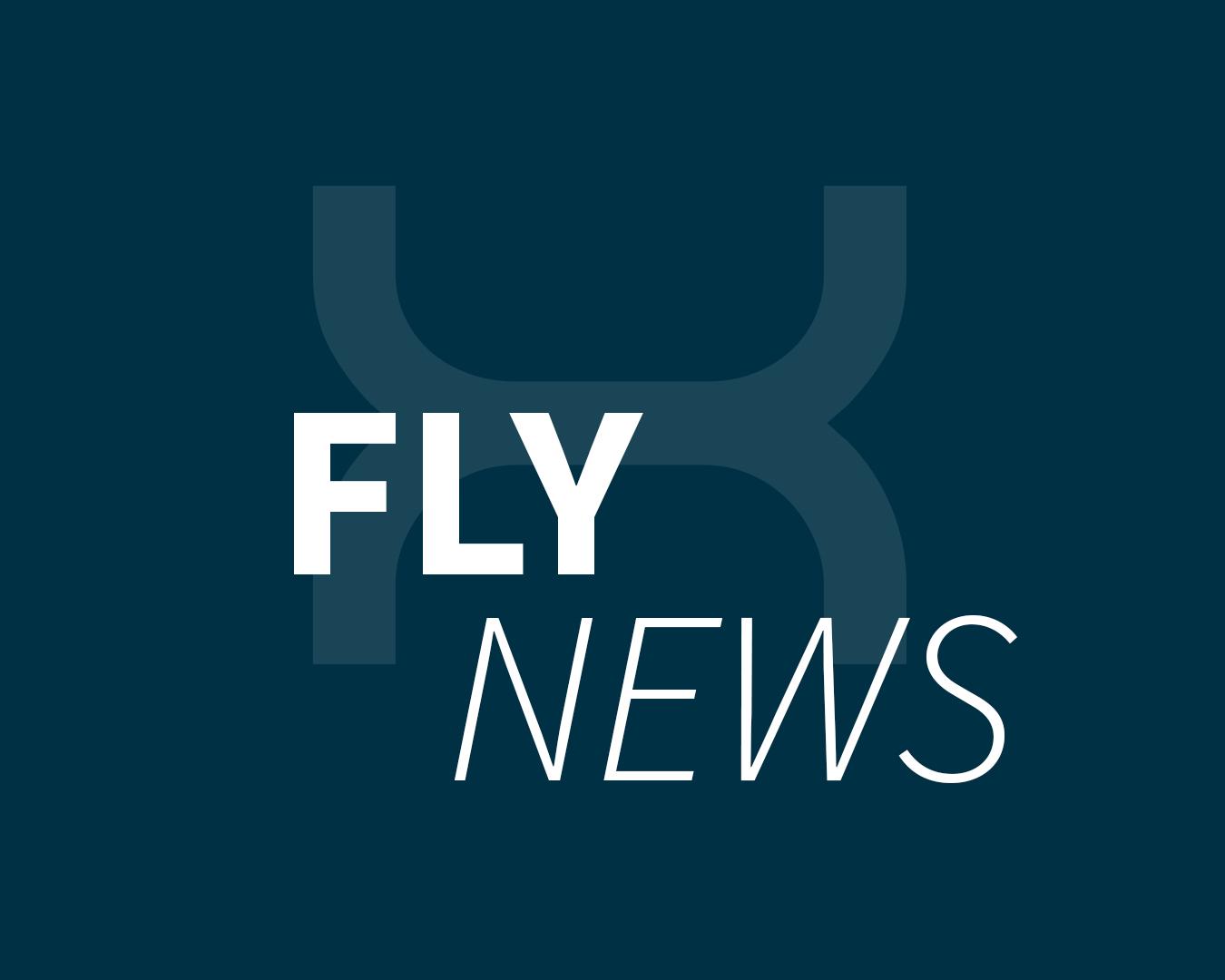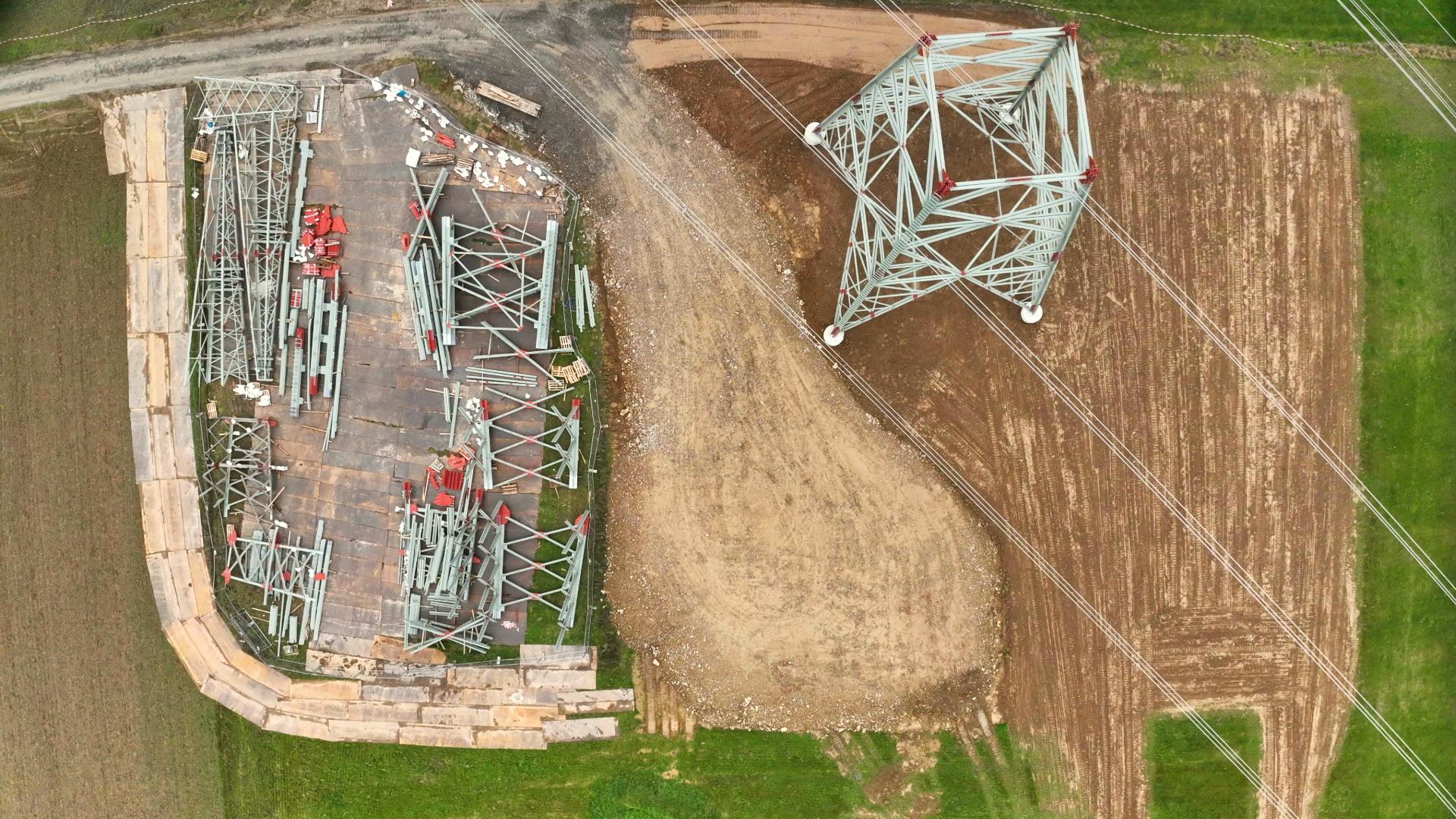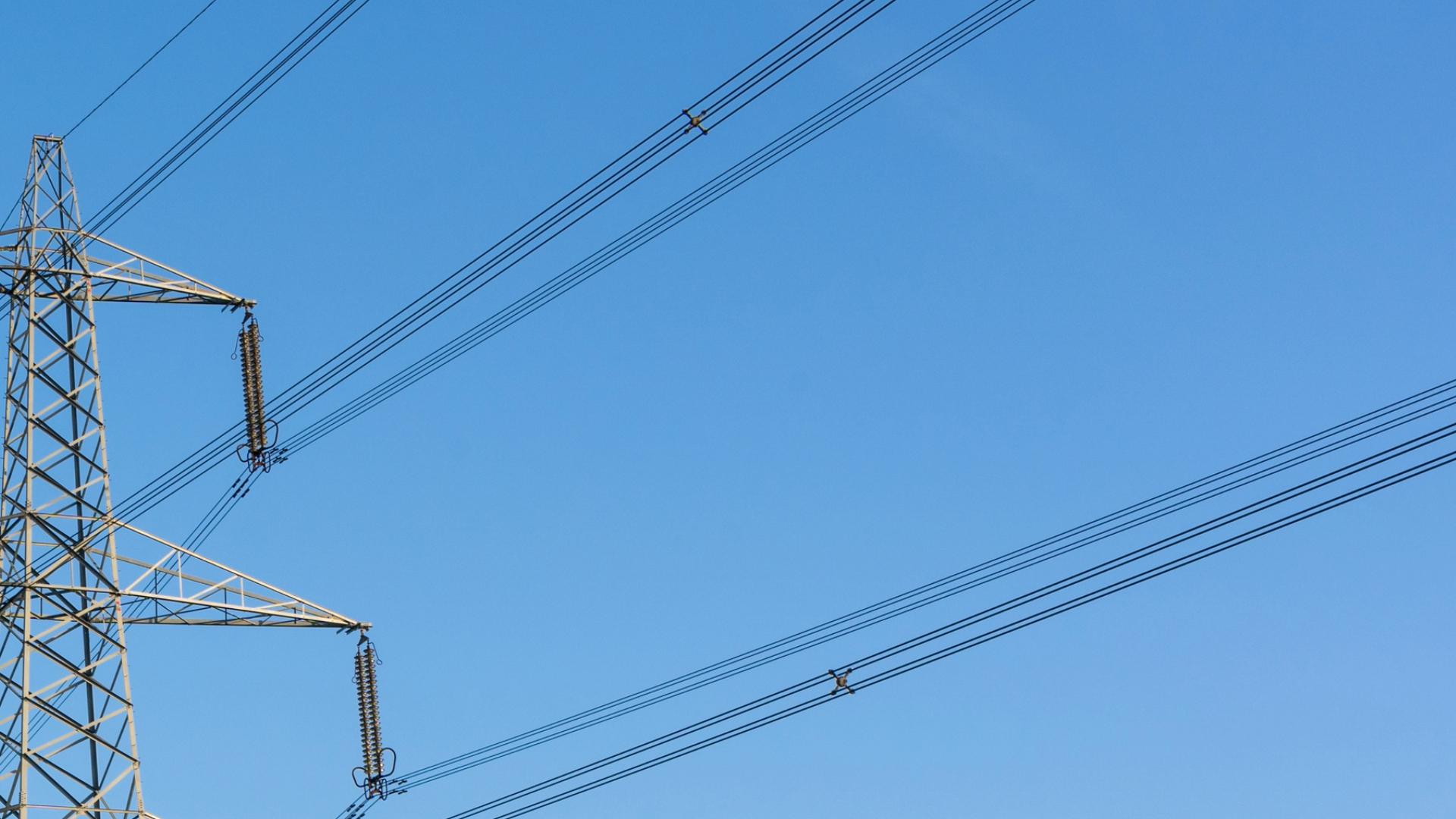The volume of image and sensor data in infrastructure projects grows rapidly—terabytes are now standard. At the same time, data processing often remains the bottleneck: lack of know-how, high compliance requirements, and limited capacity hinder automation. Vision AI—computer vision technologies for analysing images and videos—is considered a key technology here. It extracts features, recognises patterns, and delivers structured outputs for decision-making. Modern Vision AI stacks include object detection, (instance) segmentation, classification, and OCR—these building blocks can be combined depending on the use case.
Plug-and-play solutions: Fast start with clear limits
Plug-and-play solutions are attractive: quickly ready, low barriers to entry, often with pre-trained models for general tasks. In practice, however, limitations appear when it comes to specific defect catalogues, varying capture conditions (e.g., drone perspectives, altitudes, angles), and GIS-accurate orthophotos. Many pre-trained models target generic camera scenarios; they then miss the precision needed for industrial inspections or large orthophotos with corridor and area reference. The ability to process orthophotos with simultaneous scaling and spatial accuracy is also not standard: solutions that process gigapixel orthophotos via tiling across large areas and corridors with high spatial accuracy in seconds are rare. In real benchmarks, large areas were identified and counted with a single click (e.g., people/vehicles in under 20 seconds)—a sign of how relevant orthophoto suitability is for inspections.
In short: Plug-and-play solutions make sense for generic detections (e.g., GDPR-compliant pixelation) or initial feasibility checks. For demanding, domain-specific use cases, the required precision, GIS integration, or scaling to very large images is often lacking.
In-house development: Maximum control with real effort drivers
Developing your own Vision AI models in-house promises full control over data, models, and intellectual property. Set against this are realistic effort drivers: data preparation (quality, consistency), pre-processing (especially for orthophotos: loading, tiling/cropping), annotation strategy, model selection, and iterative training/refinement. In practice, you need not only labelling and training, but an end-to-end pipeline from data capturing through annotation to deployment in production environments—including validation and reporting logic. Already the basic consistency and suitability of the data (altitudes, angles, perspectives) determine whether a model can be trained reliably at all.
Timeline: For clearly defined use cases, typical project durations to productive use are around 3–5 months (longer depending on complexity); initial feasibility proofs can start with a few dozen images, whilst robust models often require hundreds to thousands of images. Experience shows: For orthophoto-based, domain-specific defects, the effort for data strategy, annotation, and iteration rises noticeably; implementation additionally requires suitable infrastructure (cloud, on-premise, edge) and interfaces (API, Docker) to integrate results into existing systems.
The third way: Custom turnkey AI—fast, precise, with ownership
Between “fast but generic” (plug-and-play) and “precise but effort-intensive” (in-house), a third approach has emerged: custom turnkey models that combine the strengths. The principle: Domain-specific models are trained quickly on customer-owned data and made productive—with full control over raw data and (depending on contract) rights to the trained model. Pre-trained components (e.g., GDPR-compliant pixelation) and bespoke class labels come together to deliver results quickly whilst achieving the precision needed for the specific defect catalogue.
State of the art technically includes:
Performance metrics also support the approach:
Practice reports document major time savings and high processing speed—around 88% faster decisions, significantly reduced manual image handling, and processing hundreds of images in minutes, depending on use case and setup. Important: Actual values depend on the defect catalogue, data quality, orthophoto configuration, and model architecture; transparent feasibility proofs help to evidence these early.
Decision aid: Comparing the three approaches
| Criterion | Plug-and-play | In‑house development | Turnkey AI ✓ |
|---|---|---|---|
| Time‑to‑value | Very fast (days) | Slow (3–5+ months) | Fast (weeks) |
| Domain‑specific precision | Low — generic models | High — with sufficient expertise | High — bespoke |
| Orthophoto suitability | Usually absent | Possible — with high effort | Standard — including gigapixel processing |
| GIS integration | Rarely available | Implementable individually | Integrated — spatially accurate |
| Data/model ownership | Limited | Full | Full — contractually secured |
| Internal resources needed | Minimal | Very high (Data Science, ML Ops, Annotation) | Minimal — turnkey approach |
| Scaling (millions of images) | Limited | Possible — with infrastructure effort | Standard — cloud/on‑premise/edge |
| Compliance (GDPR, critical infrastructure) | Unclear/external | Fully controllable | Integrated — including zero‑retention |
| Flexibility for defect catalogues | Low | High — with iteration | High — rapid adaptation |
| Total cost of ownership (TCO) | Low initial, limited scalability | Very high | Moderate — best balance |
| Best fit for | Generic detections, PoCs | Full internal AI competence available | Demanding inspections, rapid production readiness |
Custom turnkey AI combines the speed of plug-and-play with the precision and control of in-house development—at significantly lower internal effort.
Conclusion
State-of-the-art Vision AI today means domain-precise models that scale in real inspection workflows—including orthophoto analytics, compliance, and integration. Plug-and-play solutions offer a good starting point, but are often insufficient for demanding defect catalogues and GIS-accurate image processing. In-house development provides control but requires substantial expertise and time. The turnkey approach combines the best of both worlds: fast, bespoke, with clear ownership options. For many organisations, this is the pragmatic way to make Vision AI productive—without compromises on precision, scaling, or compliance.
FlyNex offers exactly this approach with its Vision AI: custom models trained on your data, full ownership of model and data, and seamless integration into existing workflows—from planning and capture to automated reporting.
If you choose this route, pay particular attention to:
-
- Data collection and quality assurance (including for orthophotos).
- Clean annotation strategy and model refinement through iterations.
- Appropriate deployments (platform/on-premise/edge) and reporting flows.
This turns data into reliable, actionable intelligence in a short time—and elevates Vision AI from feasibility proof to productive inspection at asset, corridor, and site level.




